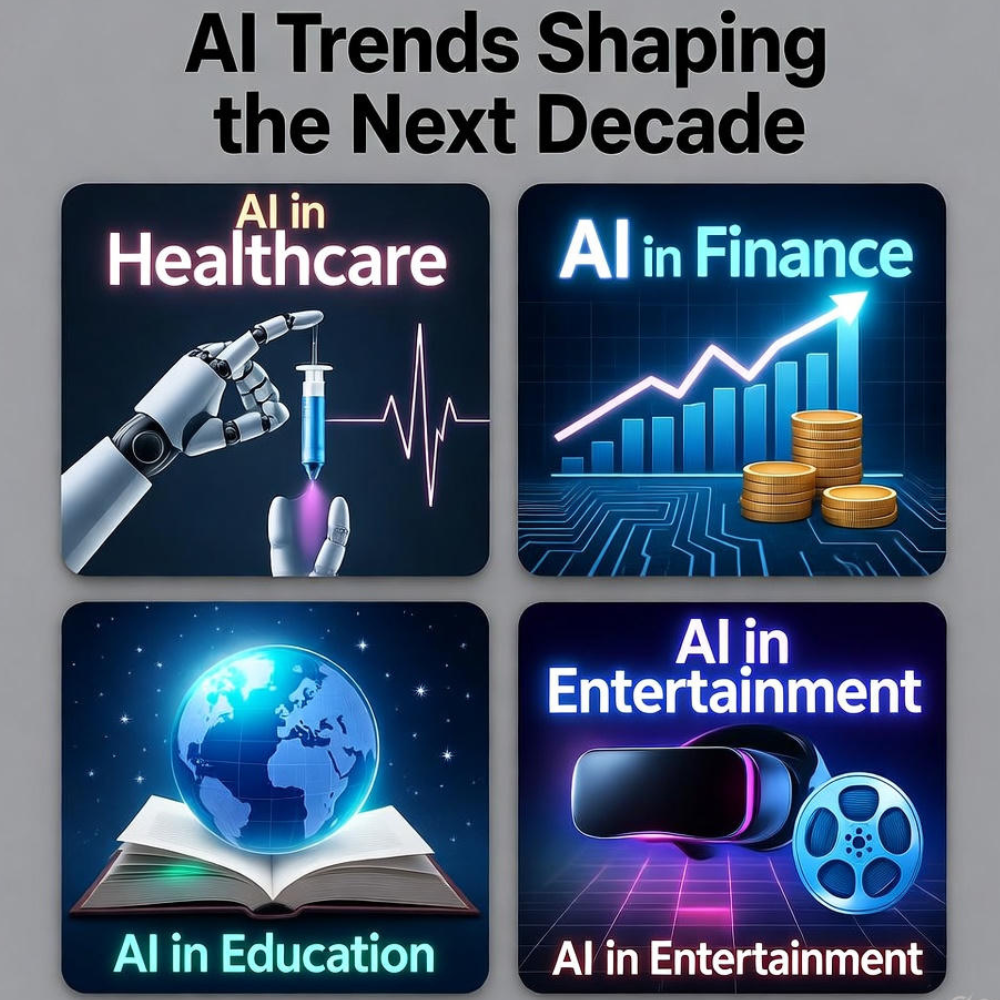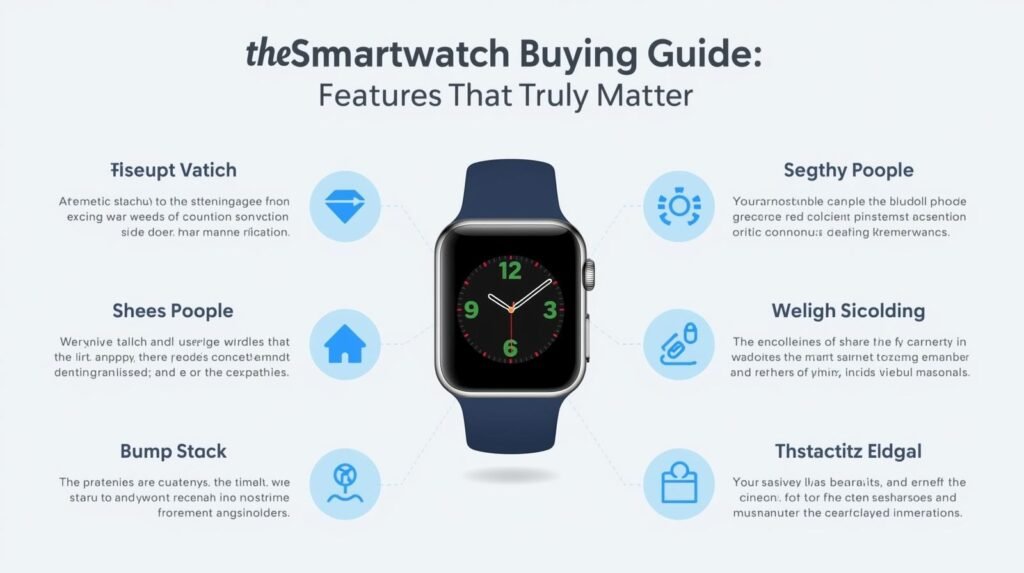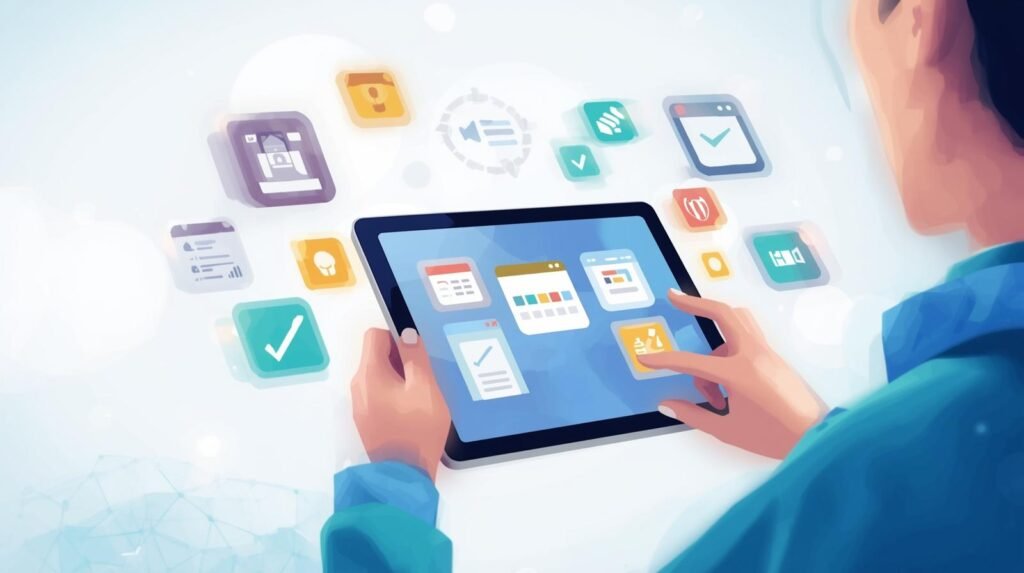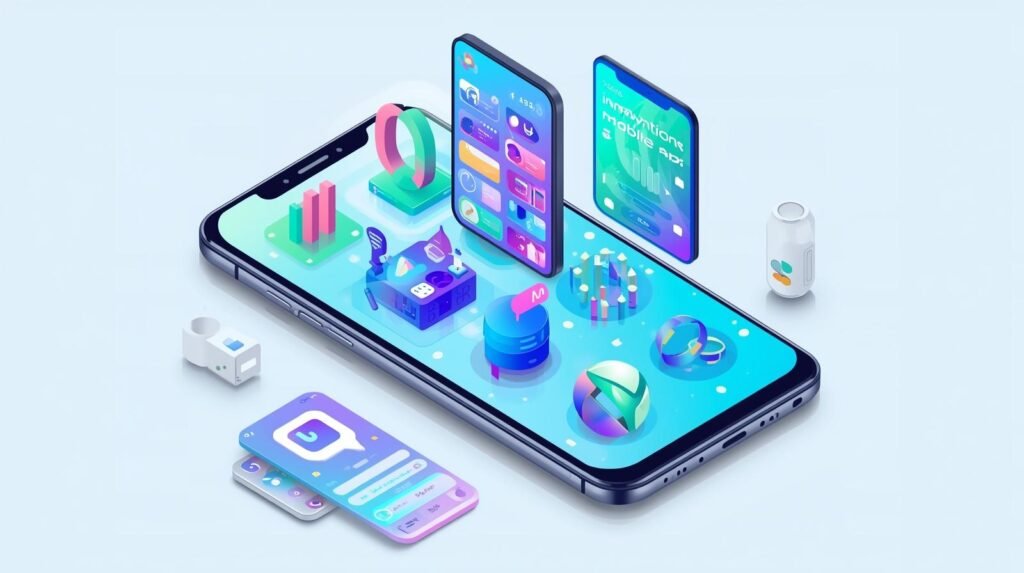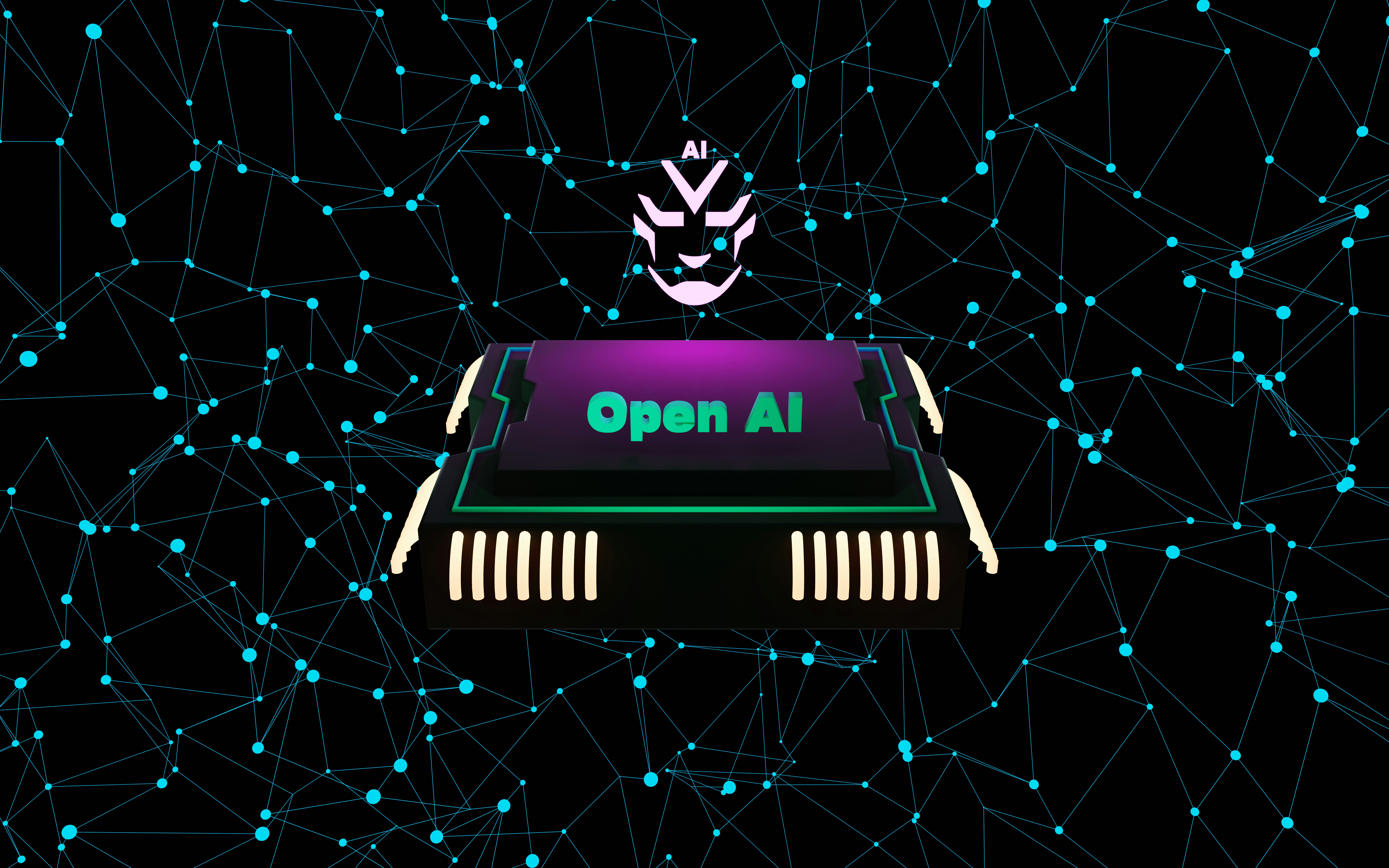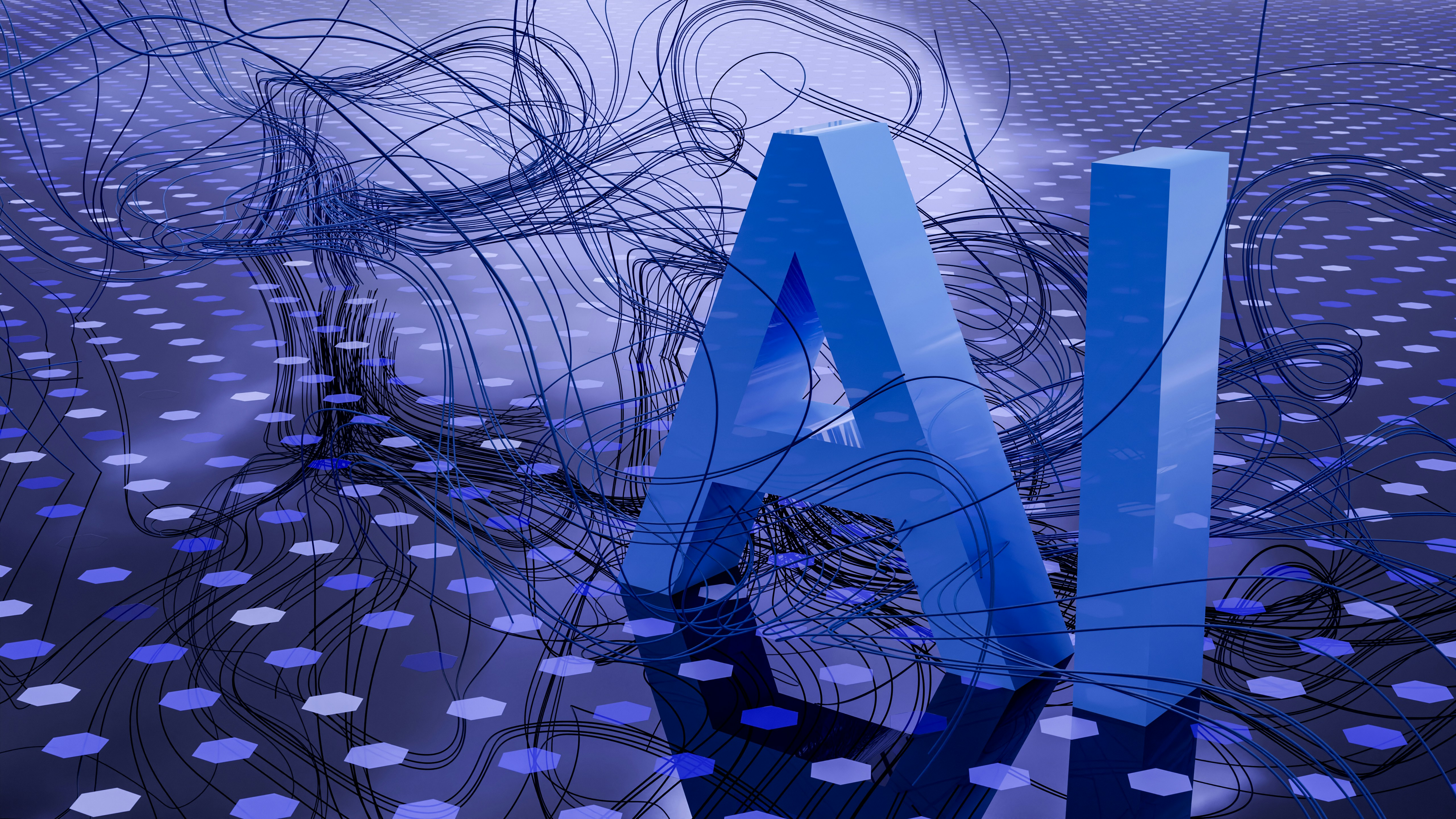AI Trends Shaping the Next Decade
Introduction Artificial Intelligence (AI) is no longer a futuristic concept — it’s a present reality shaping everything from healthcare to finance, marketing, and even how we live our daily lives. Over the past decade, AI moved from research labs into our smartphones, offices, and homes. But what comes next? As we step into the next decade, AI is poised to redefine how societies function, how businesses innovate, and how humans interact with technology. The pace of AI evolution — fueled by advances in computing power, data availability, and deep learning models — is accelerating at an unprecedented rate. This article explores the top AI trends that will shape the coming decade, from generative models and ethical AI to edge computing, autonomous systems, and more. Whether you’re a business leader, developer, or simply an enthusiast, understanding these trends can help you stay ahead in an AI-driven world. 1. The Rise of Generative AI From Text to Everything Generative AI has taken the world by storm. What started with tools like ChatGPT, DALL·E, and Midjourney has expanded into domains like video creation, music composition, and software coding. Over the next decade, generative AI will evolve from content creation to co-creation — helping humans design, imagine, and innovate faster than ever. Applications to Watch What It Means Generative AI won’t just automate creative tasks; it will expand human creativity. Expect industries like gaming, architecture, and entertainment to rely heavily on AI-driven ideation. 2. AI Becomes Hyper-Personalized Smarter, Context-Aware Systems The next generation of AI will be more context-aware — understanding user preferences, moods, and needs. Personal assistants won’t just schedule your meetings; they’ll anticipate your goals, emotional states, and priorities. Examples Impact Personalized AI will redefine customer experience and engagement. But it also raises privacy concerns, making data ethics and consent crucial discussion points for the decade ahead. 3. Edge AI and On-Device Intelligence Why It Matters AI currently relies heavily on cloud computing. However, Edge AI — processing data locally on devices instead of remote servers — is gaining traction. Benefits Applications The next decade will see AI chips embedded in everything from cars to wearables, powering faster, safer, and more responsive systems. 4. AI in Healthcare: Predictive, Preventive, and Personalized AI’s impact on healthcare will be nothing short of revolutionary. Trends to Watch Example In oncology, AI systems like DeepMind’s AlphaFold have decoded protein structures, helping scientists understand diseases faster. By 2035, AI-enabled healthcare could save billions globally by improving early diagnosis and reducing medical errors. 5. The Ethical AI Revolution Why Ethics Will Define the Next Decade As AI becomes powerful, questions around fairness, bias, transparency, and accountability are becoming central. The AI of the future must not only be smart — it must be ethical. Key Focus Areas Takeaway Ethical AI will be a competitive advantage, not a compliance burden. Companies that prioritize trust and transparency will thrive. 6. The Expansion of Autonomous Systems Beyond Self-Driving Cars Autonomous technology is expanding into drones, delivery robots, and even self-operating factories. Examples The Future Expect a world where autonomous systems collaborate — cars talking to traffic lights, robots coordinating in factories — creating an ecosystem of machine-to-machine intelligence. 7. AI-Powered Cybersecurity With the rise of AI, cyber threats have also evolved. Traditional security tools can’t keep up with sophisticated attacks. Enter AI-driven cybersecurity. Capabilities Stat Insight According to IBM, organizations using AI in cybersecurity reduce breach detection times by up to 74%. The next decade will see AI defending AI — as intelligent systems combat AI-powered attacks. 8. AI in Business and Decision-Making Data-Driven Strategy AI is becoming the brain behind major corporate decisions. From inventory optimization to pricing models, AI analytics tools enable executives to make informed, predictive choices. Trends Insight By 2030, over 80% of business decisions will be AI-assisted, helping companies operate with speed, accuracy, and foresight. 9. The Democratization of AI AI for Everyone In the next decade, AI will no longer be limited to big tech companies. Thanks to open-source models, low-code AI platforms, and affordable computing, small businesses and individuals will harness AI easily. Examples This democratization will lead to a surge in AI startups, innovation, and inclusivity — ensuring AI benefits everyone, not just a few. 10. Human-AI Collaboration: The Augmented Workforce The Future of Work AI isn’t replacing humans; it’s augmenting them. The next decade will focus on collaborative intelligence, where humans and AI combine strengths. Examples Key Insight According to PwC, AI could boost global GDP by $15.7 trillion by 2030, primarily through productivity gains from human-AI collaboration. 11. Quantum AI: The Next Frontier Quantum Meets Intelligence Quantum computing will supercharge AI capabilities by processing data in ways classical computers can’t. Applications While still in its infancy, Quantum AI represents the next giant leap — potentially transforming industries reliant on computation-heavy processes. 12. AI for Sustainability Smarter Planet, Greener Future AI will play a vital role in tackling climate change and resource management. Examples Outcome AI for sustainability isn’t just about saving the planet — it’s about building efficient, resilient systems that support long-term human progress. 13. The Future of AI Regulation and Governance Governments worldwide are realizing AI’s potential and risks. The next decade will see comprehensive global frameworks emerge. Expected Developments Why It Matters As AI influences finance, justice, and employment, governance will be essential to ensure human rights and accountability remain central. 14. The Evolution of AI Interfaces From Clicks to Conversations Voice assistants, gesture control, and brain-computer interfaces (BCIs) will redefine how humans interact with AI. Innovations This human-centric evolution will make technology more intuitive, accessible, and emotionally intelligent. Conclusion The next decade of AI will be transformational, blending creativity, ethics, and intelligence in ways that redefine society. From generative models that enhance imagination to ethical frameworks that ensure fairness — AI will shape how we live, work, and think. But one truth remains constant: the future of AI is deeply human.As machines grow smarter, our role is to guide, question, and collaborate — ensuring that AI
